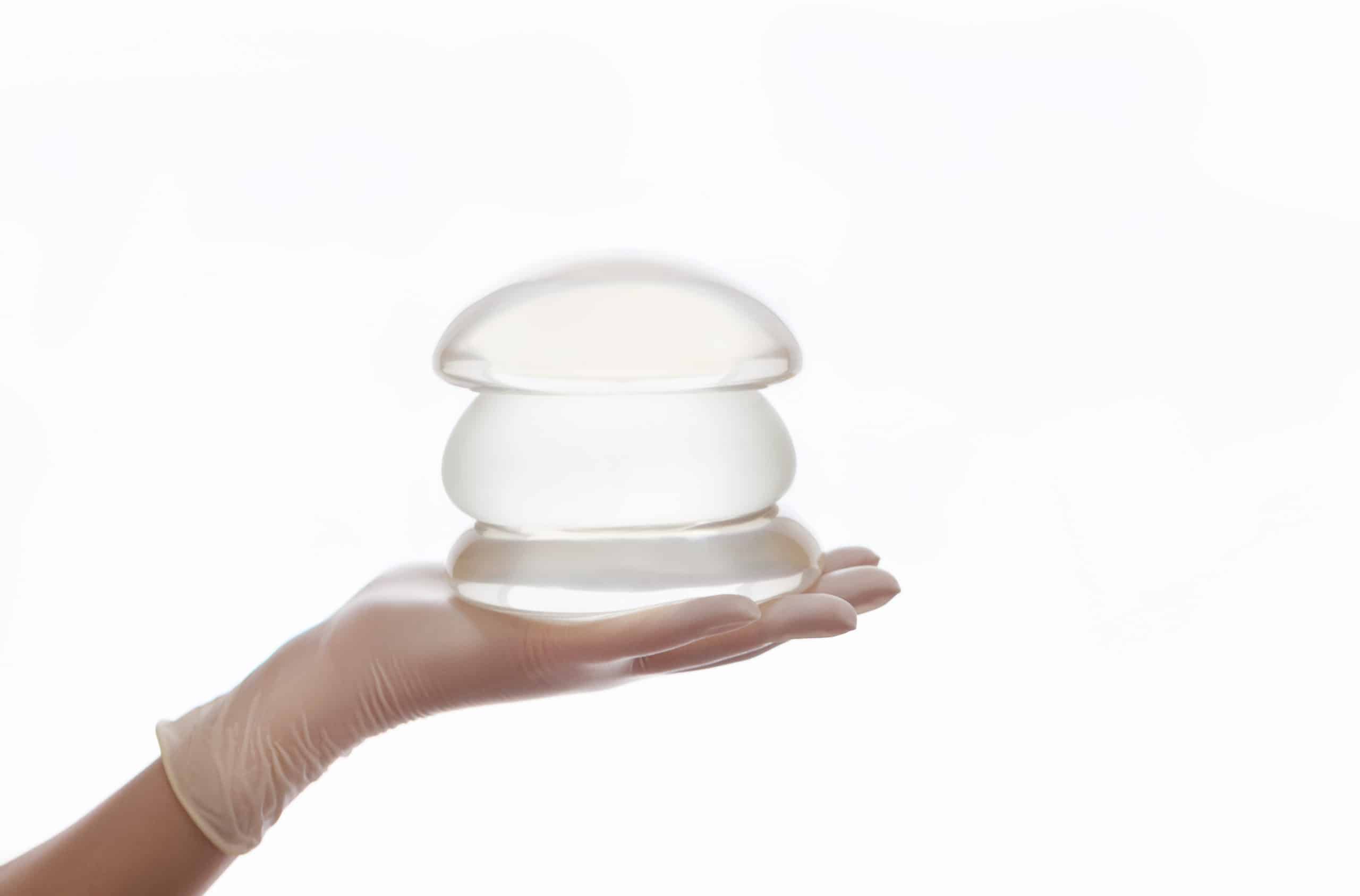Know Your Breast Implant Options

When you’re considering breast implants, one of the first things you’ll need to decide is what type of implant to get. There are a few different types of breast implants available, and each has its own benefits and drawbacks. Here are the most common types to help you decide which one is best for you.
Types of Breast Implants
Saline implants
Saline implants are the most common type of breast implant. They’re filled with sterile saltwater, and they tend to be less expensive than other types of implants. Saline implants are available in different sizes, and they come in either textured or smooth shells. One advantage of saline implants is that they can be inserted while you’re awake. They may also be used in the revision of original surgeries. Saline implants are approved for breast reconstruction for patients of any age but should only be used in breast augmentation for women above the age of 18.
Silicone implants
Silicone implants are filled with a silicone gel, and they tend to have a more natural look and feel than saline implants. Silicone implants also come in different sizes and either textured or smooth shells. These implants are approved for breast reconstruction at any age, but the minimum age for breast augmentation using silicone is 22. Silicone implants are pricier than saline ones, and they often require a longer recovery time after surgery. Like saline implants, silicone implants can be used in surgery revision surgeries.
Breast Tissue Expanders
Breast reconstruction may be done after mastectomy to rebuild the shape of the breast. A temporary implant called a tissue expander may be used at first during this type of reconstruction. The tissue expander is inserted under the skin and chest muscle and then slowly filled with saline over time to expand the skin and create a pocket for the permanent implant that will be placed later on. Breast tissue expanders come in different sizes and shapes. They are only temporary and will eventually need to be replaced with either a saline or silicone implant or the patient’s own tissue. Some risks associated with breast tissue expanders include skin thinning, infection, and breast tissue injury.
Breast Implant Safety
The FDA has determined that both silicone and saline breast implants are safe for use. However, there are some risks associated with any surgery, so it’s important to discuss the potential risks and complications with your doctor before surgery. Potential complications include scarring, asymmetry, implant rupture, infection, and pain. Additionally, it has been established that women with certain types of implants have low but increased chances of getting anaplastic large cell lymphoma (ALCL). Breast implants are not designed to be permanent, so you may need additional surgeries as you get older. Be sure to talk to your doctor about how often you should have follow-up appointments. To reduce potential risks, ensure your surgery is done by a professional like Dr. Daniel Q. Richardson to have the best possible outcome and experience.
Schedule a Consultation
If you’re considering getting breast implants, it’s important to do your research and talk to your doctor about all of your options. Don’t forget to ask all the important questions about each type of implant. With all this information, you’ll be able to make the best decision for yourself. To schedule a consultation with Dr. Richardson, call our office or contact us online.





 (228) 897-1400
(228) 897-1400
